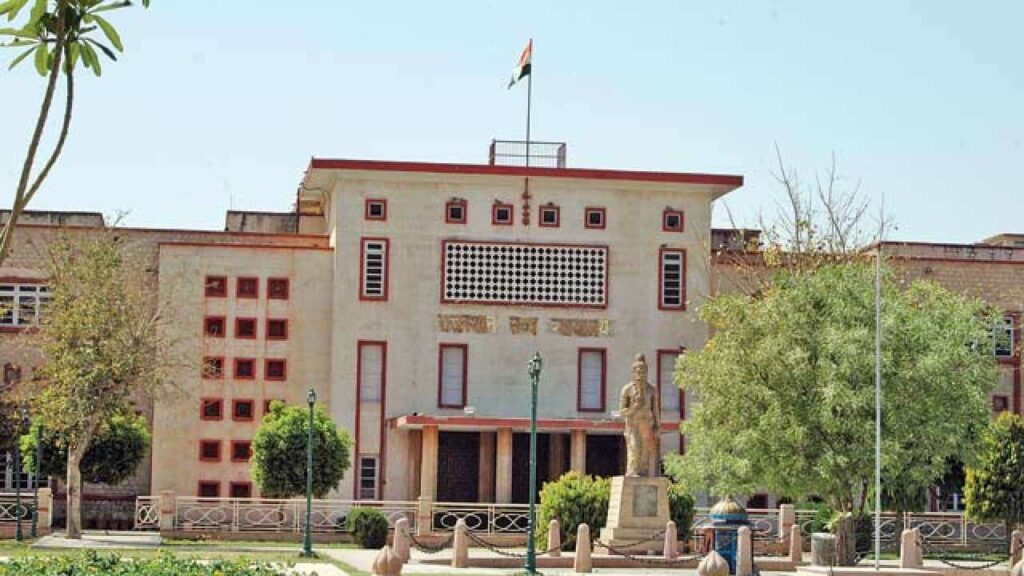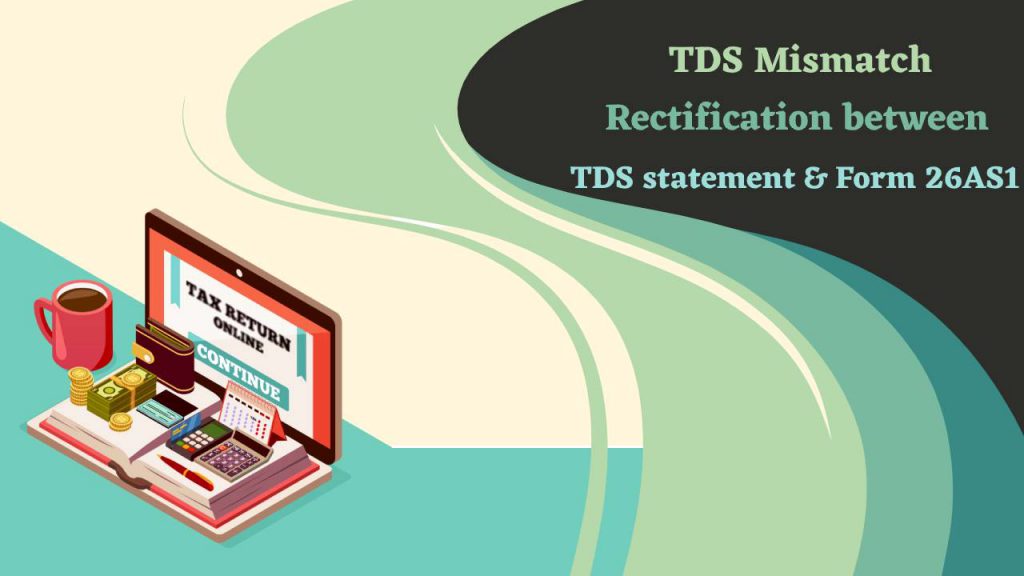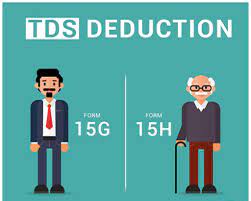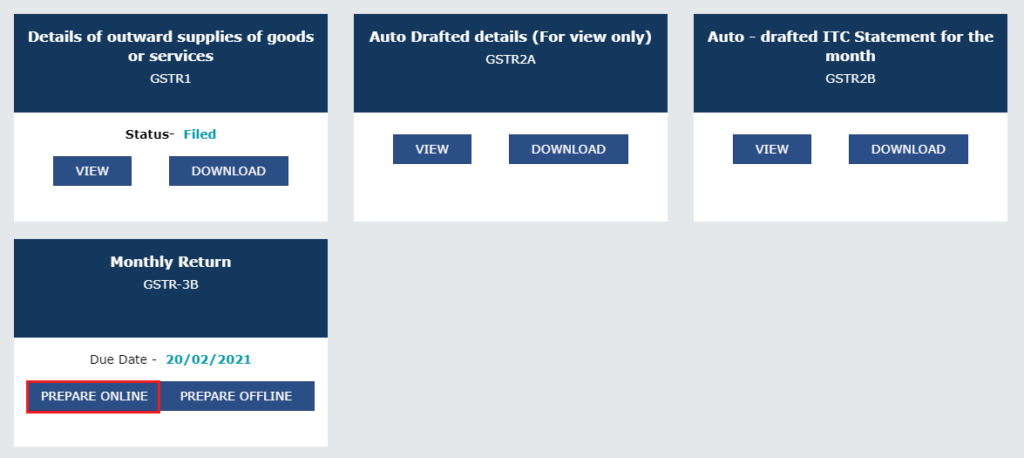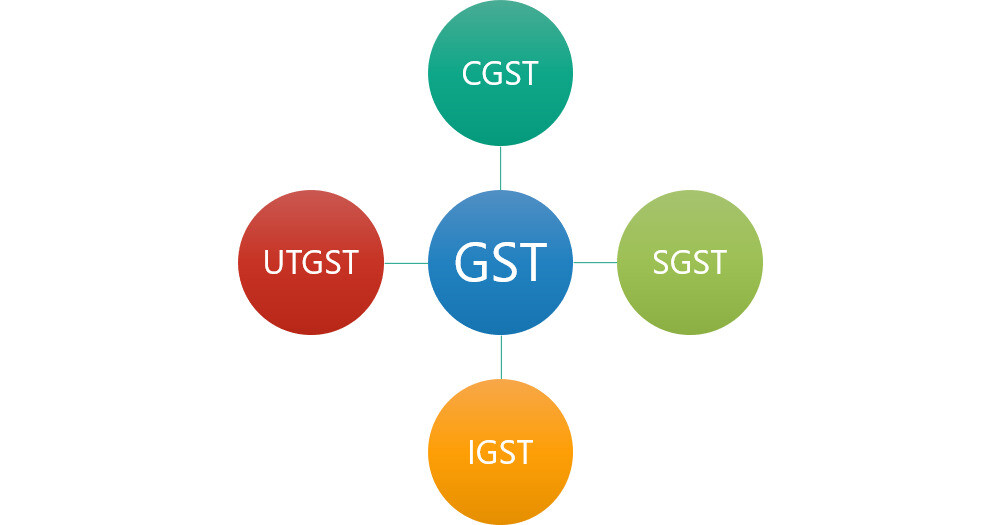Preference Shares vs Equity Shares
A share is a unit of ownership in a company and has an exchangeable value that is influenced by market forces. As per Section 43 of the Companies Act, 2013, a company’s share capital is of two types of shares, namely – equity shares and preferential shares. When it comes to raising capital for a company, one common approach is to issue shares. Equity shares and preference shares are two types of shares that companies can offer to investors. While both represent ownership in a company, they have distinct characteristics and rights associated with them. Type Equity Shares Preference Shares Voting Rights Typically have voting rights Limited or no voting rights Dividend Preference Receives dividends after preference shareholders Receives dividends before equity shareholders Repayment Preference Repaid last in case of liquidation Repaid before equity shareholders in case of liquidation Conversion Cannot be converted into preference shares Can be converted into equity shares Fixed Dividend No fixed dividend Fixed dividend rate Redemption Not redeemable Can be redeemable after a certain period Risk Higher risk, as returns depend on company performance Lower risk, as fixed dividends are assured Control Equity shareholders have control and management rights Preference shareholders have limited control Residual Claims Entitled to residual claims after preference shareholders No residual claims Participation in Surplus Participate in surplus profits after preference shareholders No participation in surplus profits What are Equity Shares? Companies issue these shares to the public to raise capital. The funds thus raised are used for the expansion of a start-up. Since equity shares are non-redeemable, they serve as a long-term source of finance for companies. The share capital is held by the company throughout and is distributed at the event of winding up. The fact equity shareholders avail the residual share during liquidation makes them the actual risk bearers of a company. In fact, it is also a point of origin of the difference between equity share and preference share. Equity shares come with voting rights, and its holders are also entitled to receive surplus and claim company assets. The company’s management determines the rate of dividend be distributed among such shareholders. Moreover, these shares are transferable and can be transferred without consideration. Notably, the unit of shares held by investors signifies the proportion of ownership they have in a said company. Generally, they are traded in the market through a stock exchange. The value of these shares is expressed in issue price, face value, market price, book value, intrinsic value, etc. Types of Equity Shares Equity shares appear on the liability side of a company’s balance sheet. They do not have any types as such and are hence considered as ordinary stocks. Nonetheless, they are usually categorised as – Authorised share capital Subscribed share capital Issued share capital Paid-up capital Bonus shares Right shares Sweat equity shares Equity shares offer substantial dividends to shareholders and also entitle them to benefit from price appreciation in investment value. Also, their liquidity enables shareholders to sell them off effortlessly and gives rise to another point of difference between equity share and preference share. On the other hand, besides being a permanent source of capital, equity shares also help companies to secure credit easily. Both investors and creditors consider companies with large equity capital as creditworthy. Furthermore, the liability arising out of equity shares are required to be paid, and companies are also not obligated to pay a dividend to shareholders. What are Preference Shares? The capital that a company raises through the issuance of preference shares is termed as preference share capital. These shares come with a fixed rate of dividend and a preferential right to avail profits and claim assets during liquidation. In fact, these shares are ranked between debt and equity in terms of priority and repayment of capital. Like equity shares, preference shareholders are also partial owners of a company. However, they are not entitled to voting rights and hence do not really possess the power to control or influence company-oriented decisions. Also, shareholders do not have a claim over the bonus shares and are a prominent preference shares and equity shares difference. What is most noteworthy is that preference shares are similar to debentures, and they could be converted to preferred stock. Furthermore, preference share issuers can repurchase the shares at a given date. These shares extend substantial dividends to their holders but do not come with a closing date. The decision to declare dividend on preference shares lies with the management, and it is not mandatory in case of loss. This is the most crucial difference between equity share and preference share. Types of Preference Shares The following are the major types of preference share – Cumulative preference shares Non-cumulative preference shares Redeemable preference shares Non-redeemable preference shares Convertible preference shares Participating preference shares Non-participating shares It must be noted that dividends paid on preference shares are not deducted from taxes. Also, redeeming such shares creates a financial burden on the company and erodes its capital. Similarly, when profits are earned companies must pay off the arrears dividends, especially in case of cumulative preference shares. Difference between Equity and Preference Shares S.N. Parameter Equity Share Preference Share 1. Definition Equity shares represent the extent of ownership in a company. Preference shares come with preferential rights when it comes to receiving dividend or repaying capital. 2. Dividend payout Shareholders receive dividends after all liabilities have been paid off. Preference shareholders are given more priority over equity shareholders when it comes to the dividend payment. 3. Rate of dividend The rate fluctuates as per earnings. Rate of dividend remains fixed. 4. Bonus shares These shares are entitled to receive bonus against existing shareholdings. These shares do not offer bonus against existing shareholdings. 5. Capital repayment It is repaid at the end. It is repaid before equity shares. 6. Voting rights The shares come with voting rights. Preferential shares do not have voting rights. 7. Role in management Equity share comes with the power to participate in the company’s management. Preference share does not extend management rights.
Preference Shares vs Equity Shares Read More »

